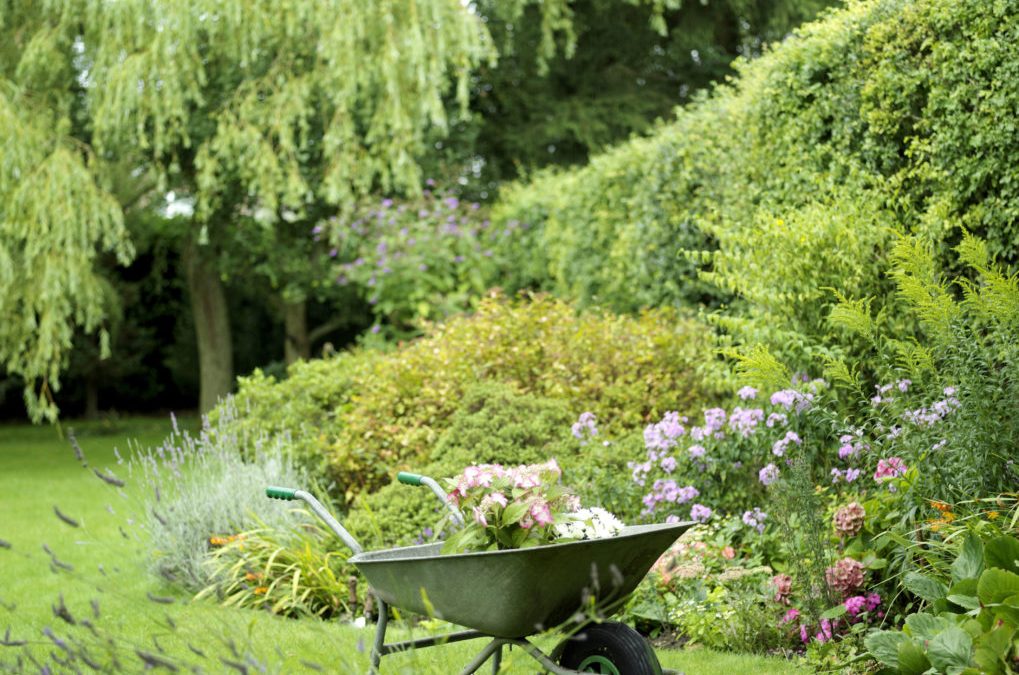Benjamin Vogt, Owner of Monarch Gardens LLC, wrote an article about creating a matrix planting earlier this month and reminded me of just how beautiful matrix gardens can be when a client requests a sustainable landscape option.
What Is Matrix Planting?
A matrix planting is designed to emulate the look and function of a natural ecosystem found in the wild. By using plants’ strategies for competition, and siting plants correctly, a professional landscape architect can create a sustainable landscape that reduces human inputs, from water to fertilizer to trimming and more — and also cuts down on maintenance.
A matrix garden often combines elements of a meadow or prairie with a tiered and flower-based garden. What looks at first to be a bit messy can actually be quite beautiful all year round.
The Plants of a Matrix Garden
The base layer. The base of a matrix planting is almost always made up of sedges, grasses or both. These plants visually tie the landscape together and also provide real sustainable bonuses by shading the soil and creating a wildlife habitat in the form of a dense cover.
Seasonal flowers. Seasonal displays of diverse flowers work great in matrix gardens. These plants can be the same height as or taller than the matrix sedges and grasses.
You can have just a few flowering plants or have a lot, but generally 50 percent flowers and 50 percent sedges and grasses is a good baseline.
Vogt recommended clumps or sweeps of flowers for every season:
- Spring: Dwarf blue indigo (Baptisia australis minor), Hubricht’s bluestar (Amsonia hubrichtii) and golden Alexanders (Zizia aurea)
- Early summer to midsummer: Purple prairie clover (Dalea purpurea), pale purple coneflower (Echinacea pallida) and common boneset (Eupatorium perfoliatum)
- Midsummer: Virginia mountain mint (Pycnanthemum virginianum), black-eyed Susan (Rudbeckia hirta) and butterfly milkweed (Asclepias tuberosa)
- Late summer to early fall: Tall blazing star (Liatris aspera), showy goldenrod (Solidago speciosa) and smooth aster (Symphyotrichum laeve); then follow with aromatic aster (Symphyotrichum oblongifolium), stiff goldenrod (Oligoneuron rigidum) and Maximilian sunflowers (Helianthus maximiliani)
Sculptural specimens. Small shrubs and trees can be used to add a last, artistic layer to the garden, often to frame a view, serve as a focal point or guide us down a path.
A few larger sculptural perennial forbs, or herbaceous plants, scattered throughout also add interest to the designed wildness. Vogt recommended plants such as wild senna (Senna hebecarpa), Joe Pye weed (Eutrochium purpureum), compassplant (Silphium laciniatum) and ironweed (Vernonia spp.).
Designing a Matrix Planting
Designing a matrix planting is all about how the plants work together above and below the ground. Given their dense structure and attention to texture, varying heights and interplay among plants, matrix gardens tend to look good year-round.
Grasses, sedges, seed heads, barren stalks and empty branches all play key roles in both the garden’s style and wildlife value from summer through winter and on into spring, especially if you use plants native to your area. Wildlife will come to seek shelter, eat seed heads or, in the case of some pollinators, overwinter inside stems or under leaf litter.
These gardens often are self-guiding, with each year revealing something new. Of course, you may need to thin some plants or make replacements, but that’s part of any garden — and also part of the fun.


Recent Comments